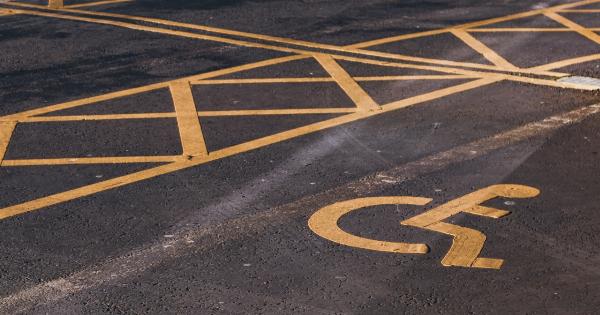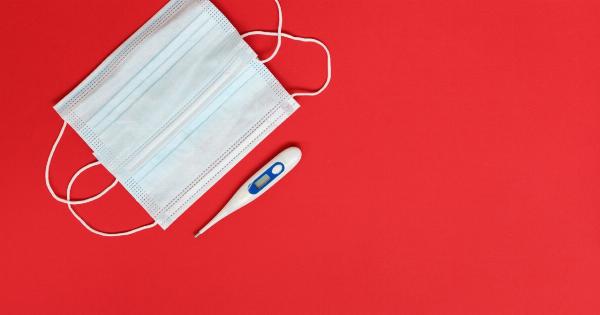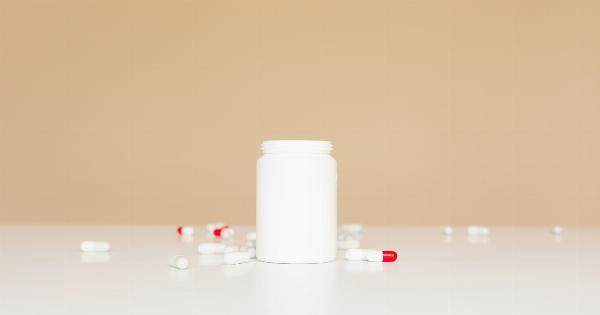Stroke is a serious medical emergency that occurs when blood supply to the brain is disrupted. This can lead to brain damage, disabilities, or even death.
Recognizing the signs of stroke is crucial for receiving prompt medical attention and improving the chances of survival and recovery.
Causes of Stroke
There are two main types of stroke: ischemic stroke and hemorrhagic stroke. Ischemic stroke occurs when a blood vessel that supplies the brain with blood is blocked, usually by a blood clot.
Hemorrhagic stroke occurs when a blood vessel in the brain ruptures and causes bleeding in or around the brain.
Risk Factors for Stroke
There are several factors that can increase the risk of stroke, including:.
- High blood pressure
- Smoking
- Diabetes
- High cholesterol
- Obesity
- Family history of stroke
- Age (risk increases with age)
Signs and Symptoms of Stroke
The signs and symptoms of stroke can vary depending on the severity and location of the stroke. However, there are a few common signs and symptoms that can help you recognize a stroke:.
- Sudden numbness or weakness in the face, arm, or leg, especially on one side of the body
- Sudden confusion or trouble speaking or understanding speech
- Sudden trouble seeing in one or both eyes
- Sudden severe headache with no known cause
- Sudden trouble walking, dizziness, loss of balance, or coordination
If you or someone around you is experiencing any of these symptoms, it is important to seek medical attention immediately. Time is crucial in treating stroke, and the faster treatment is administered, the better the chances of recovery.
Diagnosis and Treatment
If stroke is suspected, a medical professional will conduct a physical examination and may perform several tests to confirm the diagnosis. Imaging tests such as a CT scan or MRI can detect blood clots or bleeding in the brain.
Treatment for stroke depends on the type and severity of the stroke. For ischemic stroke, treatment may involve medication to dissolve the blood clot or surgery to remove it.
For hemorrhagic stroke, treatment may involve stopping the bleeding and preventing further bleeding.
Preventing Stroke
While not all strokes can be prevented, there are several steps you can take to reduce the risk of stroke:.
- Maintain a healthy weight and exercise regularly
- Eat a healthy diet that is low in saturated and trans fats and high in fruits, vegetables, and whole grains
- Avoid smoking and limit alcohol consumption
- Manage underlying medical conditions such as high blood pressure, diabetes, and high cholesterol
Following these guidelines can help reduce the risk of stroke and improve overall health.
Conclusion
Stroke is a serious medical emergency that requires immediate attention. Recognizing the signs and symptoms of stroke is crucial for receiving prompt treatment and improving the chances of survival and recovery.
By understanding the risk factors, signs, and treatment options for stroke, you can take steps to prevent stroke and promote a healthy lifestyle.






























